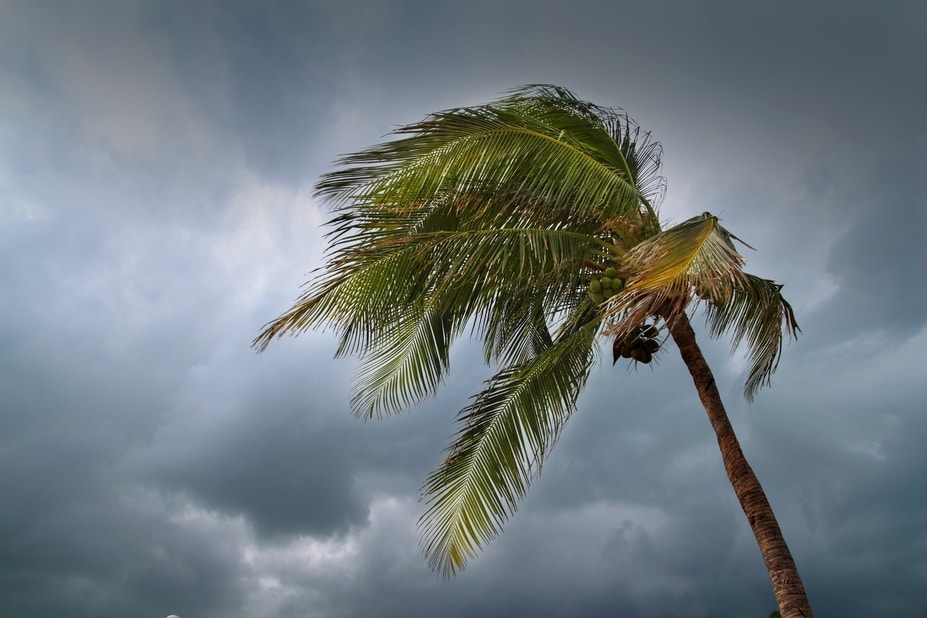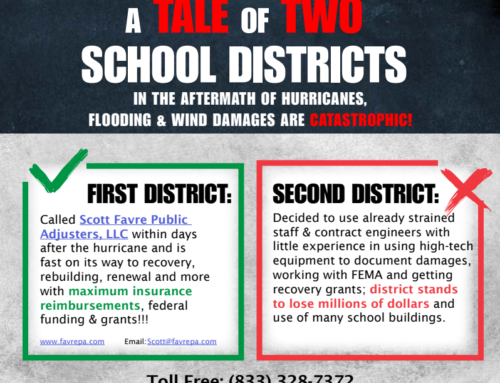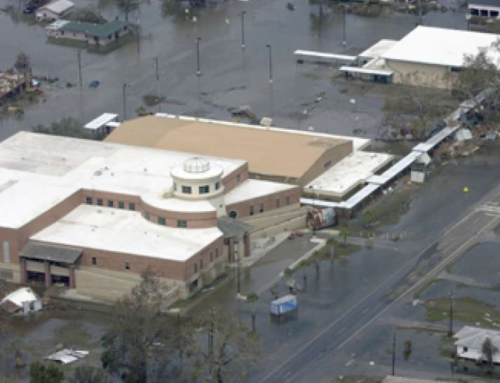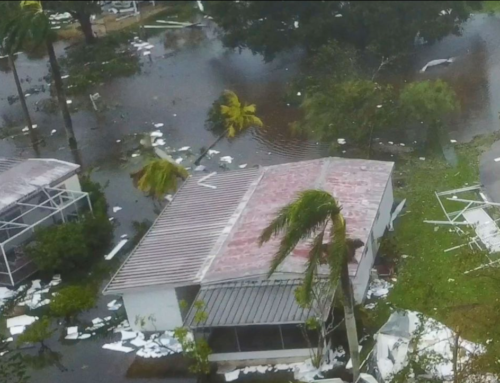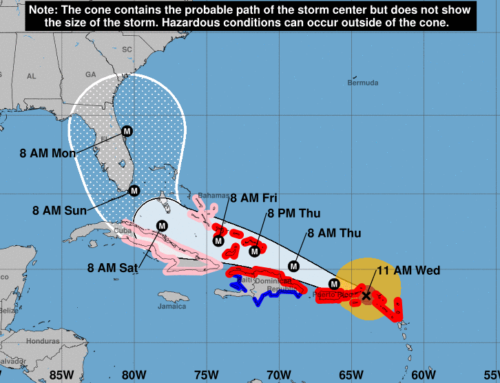Surviving a catastrophic hurricane is traumatic event—to people and to property. Buildings and infrastructures require evaluations as thorough as those humans get after surviving physical damage to their bodies. Expert medical professionals probe, test, x-ray and scan individuals for problems they cannot see with the naked eye. This same kind of detailed examination is exactly what buildings and infrastructures need after experiencing hurricanes and floods!
Just weeks after a hurricane and flood rendered a relatively new school building non-functional, the school’s recovery team removed visible mold, flooring and the lower half of wall coverings. New flooring and paint made the building look brand spanking new, again. Children were back in classes throughout the building. The proud buildings and operations manager asked me to check out their work. When I ran my x-ray type infrared equipment along one wall, I found the concrete block wall was filled with three feet of water! A health nightmare! That’s why I’m sharing these three tips for evaluating damages of facilities and infrastructure after a disaster:
1. Infrared Scanning
“Infrared inspection provides peace of mind because it is non-destructive proactive technology used to reduce risk and increase safety. Skillful users of the technology can detect failures in structures, including mechanical and electrical systems. In fact, hidden water and water damages can often be detected with this infrared scanning. Public entities recovering from disasters of wind and water damages should never feel their claim for recovery is complete unless their facilities have been thoroughly scanned with an infrared system.
2. Forensic Type Technology
Typically, forensic science is used in disaster recovery documentations to resolve insurance disputes and to justify mitigation work to meet government regulations, and to protect public health. Forensic information provides objective, irrefutable scientific analyses. The experts in engineering, meteorology and geology often provide information to develop and support forensics in disaster damage documentations.
3. Engineering, Meteorology, and Geology
The cracks say a lot. In bricks, veneers, foundations, concrete, drywall, plaster and more, cracks are indicative of damage and a likely sign of being out of compliance with some safety codes. Engineers using forensic and infrared type technology are best equip to detect such issues, along with other concerns of developing mold and termite potential. When sites have retained water for several days, geological evaluations are a good idea, too. Any soil contamination or stability changes should be identified and appropriately remediated and mitigated.
Other experts helping in documenting damages via forensics are meteorologists. These disaster recovery team members use scientific principles to explain specific weather and the atmospheric impact on structures, drilling down to the exact time damage occurred. When they confirm the wind speed and direction, combined with impacts of other weather issues, insurance companies can’t refute such scientific data.
Without this kind of detailed documentation, millions of dollars in damages often go undocumented and therefore, left unrecovered and not fixed or mitigated. Worst, students, citizens or the public are left using risky facilities and infrastructures.

